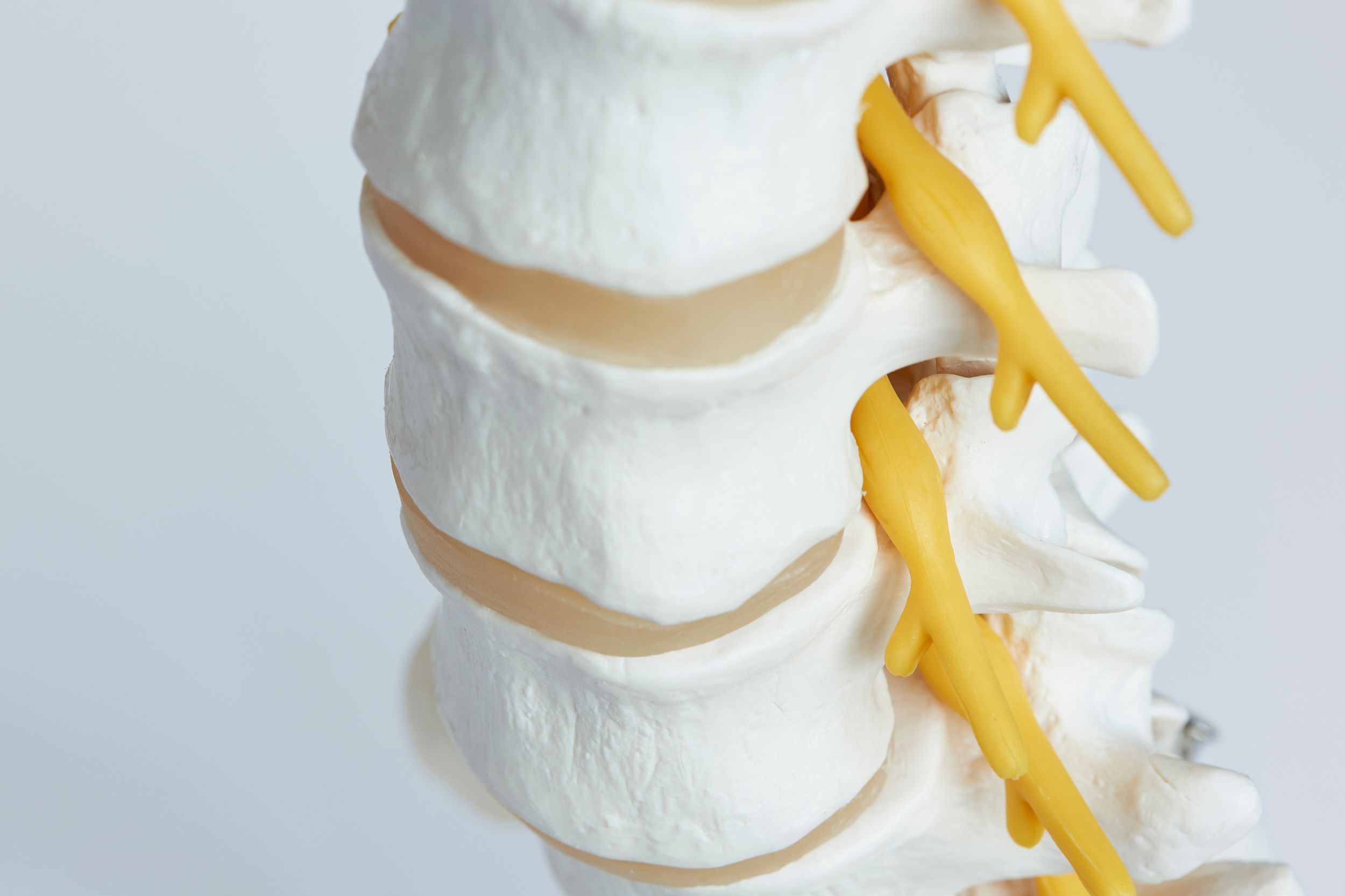
Team
The 3D Print Lab sees itself as a service provider and research platform for data visualization and additive manufacturing processes. We are an interdisciplinary team of surgeons and radiologists with the aim of finding new forms of presentation and applications for three-dimensional image data. The starting point for this is the long-standing expertise of the Department of Oral and Maxillofacial Surgery, where 3D models are already routinely used today.
3D models produced by us also support other surgical disciplines in surgical planning and are also used for patient education. In addition, 3D-printed image data is used in teaching and training.
As an institution within the University Hospital Basel, we are an active research platform and are available as a project partner.
You can find more information on the website of the Department of Biomedical Engineering.
Cooperation with other institutions
At the heart of our mission is a commitment to collaboration. We are proud to have extended our services to a variety of prestigious research groups and institutions, fostering a comprehensive network of partnerships that drive innovation. Our collaboration also extends to the University of Basel, where we support a variety of research groups through our Core Facility-3D Print Lab, including BIROMED-Lab, BLOG, Smart Implants, Translational Medicine Breath Research, CIAN, Planning & Navigation, ThINK, AMT and Ad Mirabiles.
We also actively collaborate with research groups in the Department of Biomedical Engineering (DBM), such as the Tissue Engineering Group and Transplantation Immunology and Nephrology, as well as the University Center for Dental Medicine (UZB), which focuses on biomaterials and technology.
Our commitment to collaboration knows no boundaries; we open our doors to universities, hospitals, centers and institutes not only throughout Switzerland, but also on a global level. This networking is a testament to our commitment to fostering a global community of innovators.
Our production capacities
We offer comprehensive support throughout the entire manufacturing process, from the selection of the optimal imaging technique to the production of the desired 3D printed model. Using the state-of-the-art facilities at the Department of Radiology and Nuclear Medicine, we can generate the required 3D data from CT, MRI or 3D scans. We are also able to work with external data in the required format.
Using the latest medically approved or parametric design software, we work with you to design the customized model that exactly meets your requirements. Various 3D printing technologies are integrated into our production facilities:
Stereolithography (SLA):
Our SLA technology brings precision and detail to life. Using a high-precision laser, we cure liquid resin layer by layer to create intricate and accurate 3D models. From anatomical models to surgical guides, from biocompatible to flexible resins, SLA is the first choice when accuracy matters.

Digital light processing (DLP):
By projecting light patterns onto a resin bath, we quickly build up your 3D designs layer by layer. DLP is perfect for creating models with smooth surfaces, making it the ideal choice for dental models, splints and surgical templates.

Material jetting (polyjet) technology:
In this process, liquid photopolymer droplets are applied precisely and layer by layer to the production tray. This technology offers versatile material options that allow us to create multi-colored objects from multiple materials with intricate detail and realism.

Binder jetting, a combination of powdered materials, liquid binders and colored inks, is a remarkable 3D printing process. This process can be used to produce multi-colored objects with intricate details at a comparatively low cost. Binder jetting has proven itself in the production of anatomical models, teaching and research aids.

Fused filament production:
With this technique, we can produce 3D objects layer by layer from various thermoplastic materials, which makes them versatile, including for anatomical models and functional prototypes.

